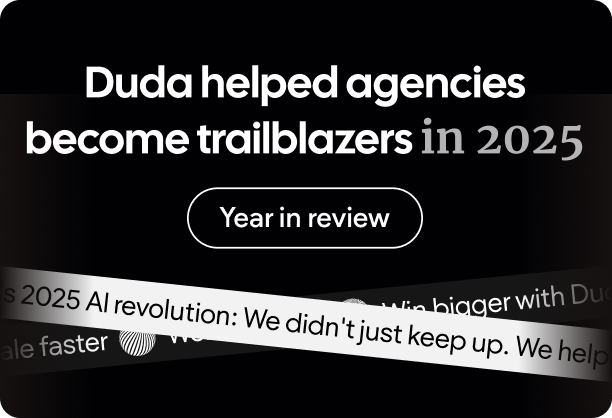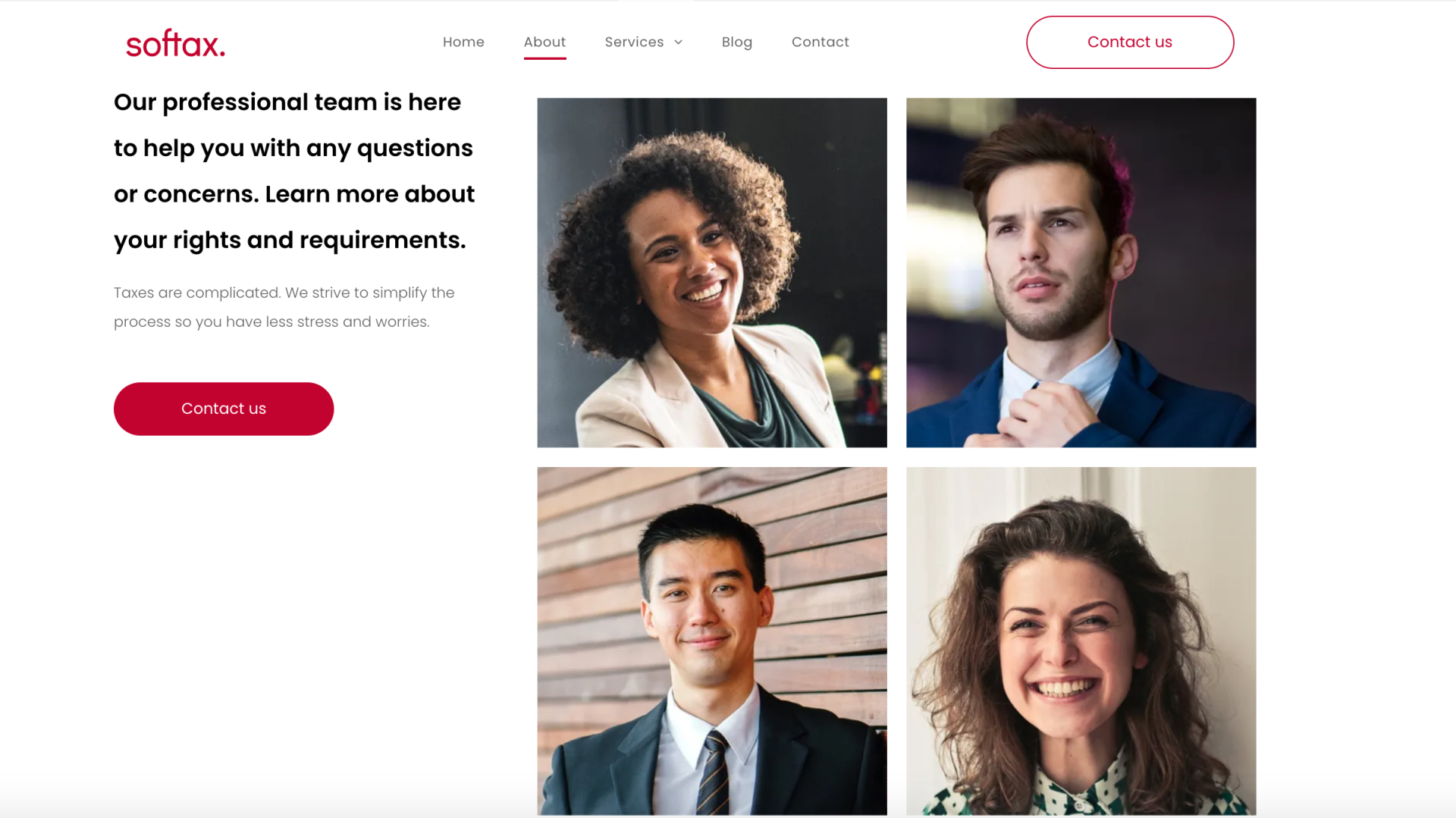High-quality employee profiles are a common feature on many small business websites. These profiles give the website you are building a human touch. They also give the site’s visitors an inside look at the people behind the brands and companies they are interested in. An effective employee profile takes into consideration: tone, layout, and depth.
As you make your way through your website content checklist, ensure that it includes employee profiles that showcase the talent behind the business and encapsulate the following three aspects.
Tone: How will it Sound?
The tone of your employee profiles should align with the voice of the business or organization you are building a site for. The “voice” of a brand is the distinct personality it takes on in its communications. As you talk about the members of a team or company, ensure that you are writing in a tone or voice that their customers will relate to and understand. Tone is inclusive of verbiage, grammar, and cultural jargon.
Below are two examples of strong employee profiles with tones that are specific to their respective industries.
The first employee profile example is for a General Manager at a Tech Company:
John Ward, General Manager
John is a seasoned professional with 25+ years of consulting and executive experience. He was formerly a Principal at The Indiana Consulting Group and TechFirst Solutions. He also served as VP of Strategy for Diamond Hotels Group and SVP of Strategic Marketing for Centerstone Homes.
John has extensive international experience, particularly in the European market, where he worked for more than 10 years. He has an undergraduate degree from Yale University and an MBA from The University of Virginia. John speaks French and Italian fluently, and lives in New York City.
The second employee profile example is for a Creative Director at an Ad Agency:
Jen Salman, Creative Director
Jen manages a talented, diverse creative department, overseeing the day-to-day operations and output of the Jacksonville office. Jen has consistently ideated powerful, engaging campaigns for an eclectic mix of clients including law enforcement and defense industry brands such as Stallion, AFA Systems, and Dark Point. (As a Sheriff's office reserve for six years, Jen can confidently say she understands the target audience).
Not a one-industry-pony, Jen has successfully developed integrated campaigns for the Jacksonville Cougars, All Star Credit Union, and Linden Foods just to name a few. Before coming to our agency, Jen was a designer at Layton Marketing and Advertising in Jacksonville.
Layout: How Will It Look?
A well-designed employee profile communicates relevant information quickly and effectively. To that end, there are several essential elements that need to be included in any employee profile.
The critical components of any employee profile are:
A well-designed employee profile communicates relevant information quickly and effectively. To that end, there are several essential elements that need to be included in any employee profile.
The critical components of any employee profile are:
- Employee photo — A high-quality photograph of the employee should be the first thing visitors see when they land on a web page with a profile. These photos should be uniform across all profiles and align with the brand’s overall creative direction.
- Name and Position — Whether you include a full name or not is up to the business/employee; however, a name and job title are essential for any employee profile.
- Job Description — Job descriptions are often associated with the careers page of a website. They are equally important to any employee profile, but the audience is slightly different. Instead of writing a description to entice a person to apply for a job, you want to convince the reader that the employee they’re reading about is someone they would like to hire themselves. Try to keep this section of your employee profiles to one paragraph if possible.
- Previous Work Experience — You don’t need to provide a full resume in an employee profile, but a brief history of any relevant work experience is useful in building trust with website visitors. This is also the section of the profile where you want to include any educational background or certifications.
Depth: How will it Feel?
The final aspect of a well-constructed employee profile is “depth”. You want site visitors that view the profiles you create to see the employees as complete people that are more than just the jobs they do. There are several ways you can introduce depth into the employee profiles you create.
The first, and easiest, way is to ensure that all of your employee profiles specifically align with the values of your website’s target market. Basic market research should already be a part of your website content checklist. This research will help you understand the individuals who are most likely to engage with the website you are building.
Another way to add depth to your employee profiles is to give them a human touch. If the brand’s voice allows for language that is more relatable, consider adding tidbits about the individuals you are featuring that the target market might connect with.
The following employee profile example text does a good job of conveying depth effectively:
Jane Danton, Graphic Designer
With a hunger for creative challenges and an adventurous spirit, Jane Danton brings a fresh perspective and 6 years of experience as a graphic designer.
In her own words:
“I love creating designs that really resonate with brands and tell the story of said brand. Motion graphics have always been one of my favorite mediums in graphic design, and I am excited to learn more about motion design and utilize that knowledge here at Parachute."
Jane graduated from Princeton University with a BA in Arts and Design. She comes to our team from the Spark Agency, where she previously worked as an Art Director, designing content for brands like Jump Exercise, Cool Can Soda, and Petsy Dog Toys.
When Jane isn’t at work, you can find her exploring the outdoors, traveling and hanging out with her golden retriever, Bennie. Her love for dogs fits in perfectly with the rest of our fur-friendly team.
Conclusion
Employee profiles add a human touch to a consumer’s digital experience. Hence the reason they are a quintessential part of website development effort for many small businesses and should be included on most website content checklists. As you and your team work together to create a site, consider the ways in which you will showcase the talented people behind the brand or company you are working for.
An effective employee profile has a clear tone, an easy to understand layout, and depth that taps into the emotions of your site’s visitors. Pay attention to how these profiles sound, look and feel. Doing so will bolster your site’s content, providing a valuable opportunity to integrate keywords into your site for better SEO. In addition to making your site easier to find in search, quality employee profiles create trust between new and existing consumers and the brand or company you are designing a site for. Take this opportunity to showcase the brilliant minds and talents that bring the brand or company to life. Doing so will increase your odds of website visitor engagement and customer conversion.








